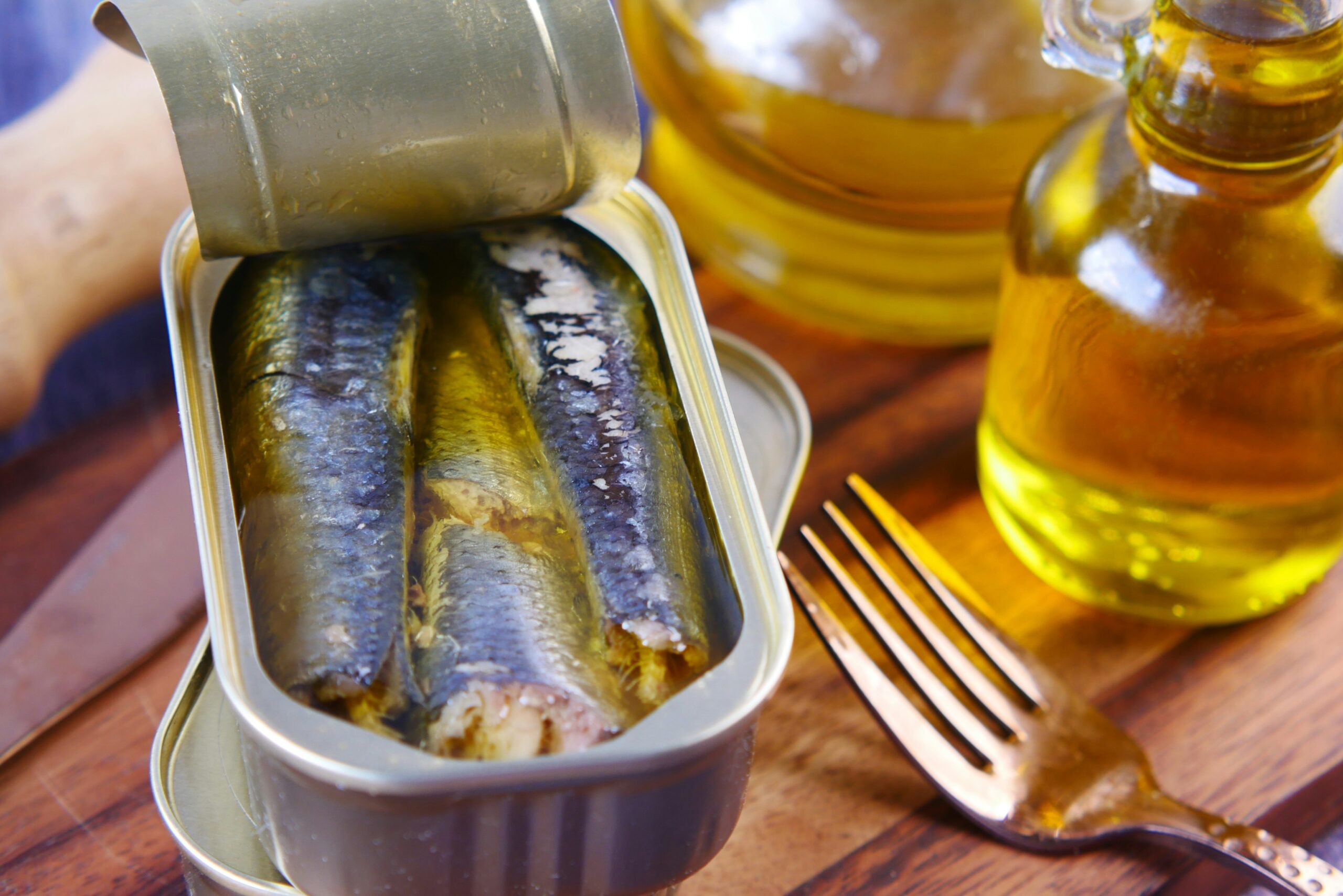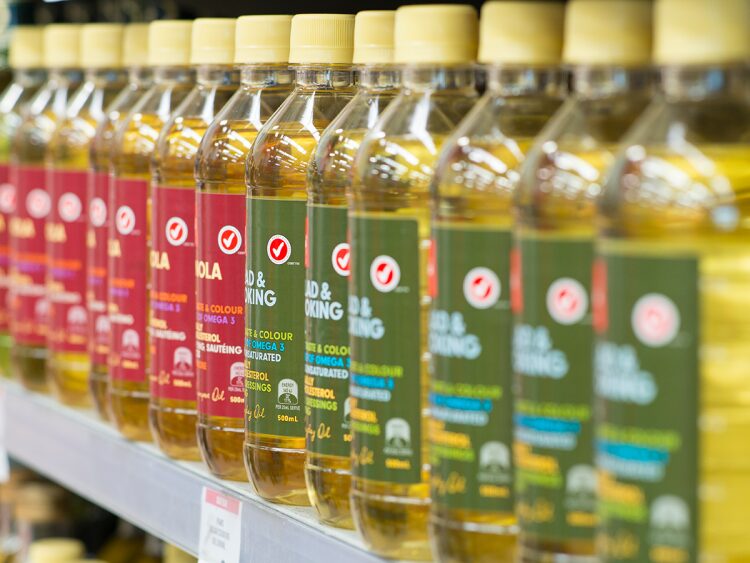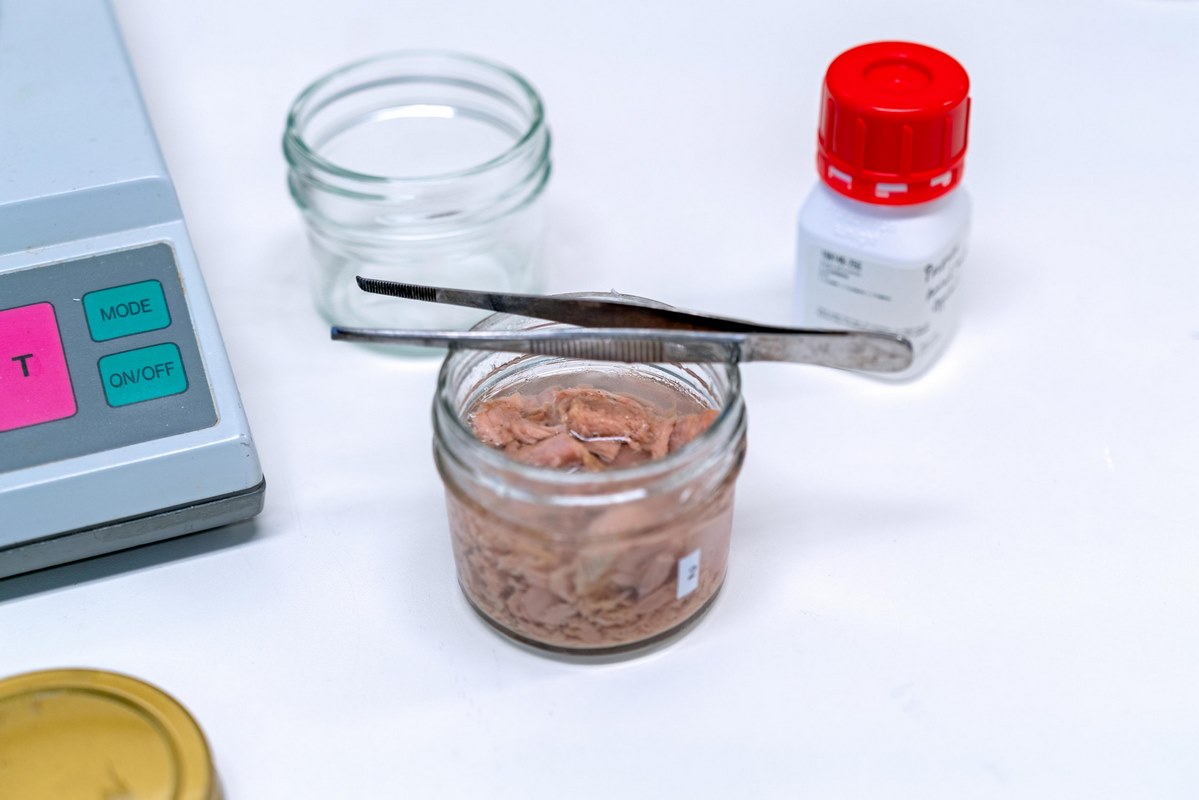There’s a sense that whoever started putting romaine and iceberg lettuce in salads has contributed to the obesity epidemic in the United States more than they managed to prevent some of it. The watery, bitter, half-tasteless and unsatisfactory mouthful of lettuce common in restaurants and suburban houses characterizes the lack of understanding of ingredients, and health and nutrition in society.
The lack of taste is telling, as lettuce is deficient in almost all nutrients, whereas things like spinach, arugula and kale, the three most famous substitutes let’s say, are much more fortifying. Strong flavors and rich colors are indicators of nutrients, hence why kale and spinach, with their dark colors, are more nutritious than lettuce.
Dark leafy greens are calorie for calorie one of the most nutrient-dense food sources on earth, but there’s a whole world of salad greens beyond the confines of lettuce, kale, spinach, and arugula, some of which contain 100% or more of our daily value of many critical micronutrients.
For example, based on various online nutrient data reporters, you’d have to eat 2 heads of iceberg lettuce (around 1400 grams) to get as much vitamin K (important for blood flow and skin health) as in 100 grams of collard greens.
If greens and salad find their way onto your table, consider these other dark leafy greens both for richness of flavor and nutrients.
Disclaimer* recommended daily-allowances are based on the standard USDA model of a 2,000 calorie per day diet, and don’t take into account BMI, disease presence, lifestyle factors, genetic variations and more.
Furthermore, online nutrient data reporters vary wildly in reported amounts which also change based on cooking style. World at Large will report the spectrum of nutrient content in order to attempt to accurately portray nutrition potential.
Chard (Swiss and Rainbow)
Often only green, but sometimes brightly colored, the waxy leaves and thick stems of rainbow or Swiss chard are probably one of the most beautiful salad greens you can buy. They are very good for you as well. Colors and names can actually vary greatly depending on the region, but in America they’re typically called Swiss chard, rainbow chard, or ruby chard, and can vary in shape from long stems with broad oval leaves, to something that looks more like bok choy, the latter a variety coming from Italy.
Nutrient profile
100 grams of chard contains somewhere between 44% and 122% of your daily value of vitamin A.
Between 18% and 30% of your vitamin C.
Between 300% and 600% of your vitamin K.
And chard represents a good source of the essential minerals copper, manganese, and magnesium.
Phytonutrients: .Chard has a variety of phytonutrients including carotenoids, flavonoids, and phenolic acids. Many varieties of Swiss chard also contain the antioxidant and anti-inflammatory pigments known as betalains.
When are they available?
Depending on your area, they are typically best between July and November, but are available year round as well.
Cooking suggestions
They can have a strong cloryl flavor, so chopped into very small pieces is better if eaten in a salad, or a brief sautee with herbs, spices, and olive oil make them much more palatable.
Collard Greens
Though sometimes relegated to the role of merely an accompaniment to a ham, or boiled until you can eat 100 grams in a single bite, collard greens have a strong flavor worthy of raw consumption and a very satisfying texture.
At full size the giant, dark green, fan-shaped leaves can be easily portioned for salads, and last very long before spoiling in the fridge.
Nutrient Content
100 grams of raw collard greens contain between 100% and 200% of your daily value of vitamin A.
Between 30% and 39% of your vitamin C.
Between 23% and 27% of your vitamin B9 (folate)
Half of its carbohydrates are fiber.
Between 370% and 500% of your vitamin K.
A decent source (between 5-20%) of the essential minerals manganese, copper, and calcium.
Phytonutrients: A member of the brassicae vegetable family, collard greens contain glucosinolates, powerful plant compounds that aid in the uptake and excretion of toxins from the muscle and blood.
When are they available?
Available year-round with some exceptions, the best collards will always be available between January and April.
Cooking suggestions
With a slightly soup-like and bitter flavor, collard greens can be eaten on their own in a salad amongst other vegetables, and because of the density of the leaf, hold up well under a light sautee with salt and pepper – not reducing to a pile of mush in 2 minutes.
Along with placing them in the pan with your ham leg, they work very well as a garnish on vegetable-based soups like roasted red pepper and potato and leek.
Parsley
In American cooking, parsley, one of the most noble of herbs, is reduced to drying and sprinkling on Italian dishes, or using as a garnish for fish – only to be removed and thrown in the garbage. Cheap, delicious, and with a strong flavor – indication of a rich nutrient density, World at Large has advocated before that parsley absolutely should be added to the standard American salad immediately.
Nutrient content
100 grams of parsley contains between 47% and 168% of your daily value of vitamin A.
Between 148% and 222% of your daily value of vitamin C.
Between 1369% and 2000% of your daily value of vitamin K.
More than half of its carbohydrates are fiber.
Around 10% of the essential minerals calcium, potassium, zinc, magnesium, and 34% of your daily value of iron.
Phytonutrients: Parsley is rich in flavonoids, one of which called luteolin, has been shown to work like an effective antioxidant. Parsley’s volatile oils—particularly myristicin—have been shown to inhibit tumor formation in animal studies and activate glutathione s-transferase, an important enzyme.
When are they available?
Parsley is available year-round.
Cooking suggestions
The stems of parsley are easy to eat, though tasting a bit more woody than other dark leafy green stems. Broadleaf parsley is cheaper and usually more plentiful. Cut any amount it up and it’s perfect in any salad.
It also is, as American cuisine has often used demonstrated, perfect as a garnish to white meat like chicken and fish, and consider finely chopping parsley to sprinkle over white fish.
Turnip Greens
Perhaps the choice for the more athletically inclined readers, the greens crowning the turnip root are nutritionally dense and contain respectable levels of some B vitamins as well as the standard leafy green profile. It’s also one of the only leafy greens to contain the antioxidant vitamin E.
Best of all, when you buy turnip greens, you get turnips for free! You can eat them, or plant them in your garden for more greens!
Nutrient content
100 grams of raw turnip greens contain between 64% and 232% of your daily value of vitamin A.
Between 67% and 100% of your daily vitamin C.
Between 209% and 314% of your daily vitamin K.
Between 13% and 20% of your daily vitamin B6 (pyridoxine).
Between 13% and 19% of your daily vitamin E.
Around 6-8% of your daily value of pantothenic acid (B5) and riboflavin (B2)
A very good source of the essential minerals copper (18-39%) manganese (20-23%) and calcium (15-19%)
Phytonutrients: Like collard greens, turnip greens contain glucosinolates, which convert into isothiocyanates that help with detoxification, specifically with benzine and other harmful chemicals. Containing both forms of vitamin E, beta-tocopherol and beta-tocotrienol, it’s a more effective deliverant of vitamin E than other foods containing only one variety.
When are they available?
Available in spring and fall, the youngest greens are the best tasting.
Cooking suggestions
Also a product of southern cooking, turnip greens are often cooked thoroughly with salt, sugar, broth, and onions, but try pairing them in a salad with caraway seeds, pepper, and other powerful flavors that will compliment the powerful flavors of the leaf.
Another more academic option is to boil and then chill turnip root slices, and serve them with their greens!
Are there other salad greens you enjoy? Leave us a comment with a recipe!







Thank you for sharing your post.
https://northpointelectrical.com.au
thanks again.
<a href="https://northpointelectrical.com.au"> North Point Electrical</a>